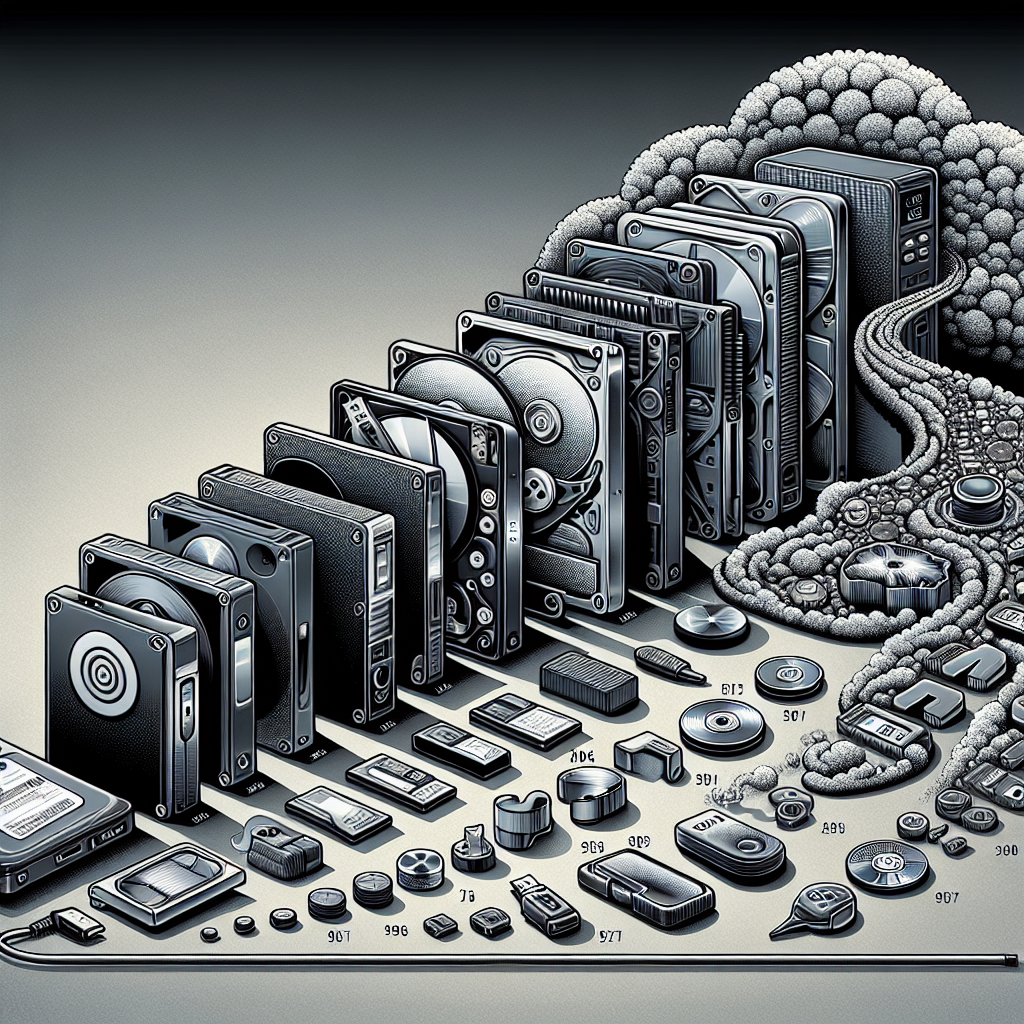Data storage has come a long way since the early days of computing. When computers were first invented, data was stored on punch cards and magnetic tape. As technology advanced, hard drives emerged as the primary form of data storage. These physical devices were able to store massive amounts of data in a relatively small space.
However, hard drives had their limitations. They were prone to mechanical failures and were not easily scalable. As data storage needs grew, a new solution was needed. This is where cloud storage comes in.
Cloud storage allows users to store their data on remote servers accessed via the internet. This means that users no longer need to rely on physical hardware to store their data. Instead, they can access their data from anywhere in the world, as long as they have an internet connection.
Cloud storage offers a number of benefits over traditional hard drives. For one, it is highly scalable. Users can easily increase or decrease their storage capacity as needed, without having to invest in new hardware. Additionally, cloud storage is more secure than traditional hard drives, as data is stored on secure servers with multiple layers of encryption.
Another advantage of cloud storage is its accessibility. Users can access their data from any device, whether it be a computer, smartphone, or tablet. This makes it easier to collaborate with others and work on projects remotely.
Overall, the evolution of data storage from hard drives to cloud storage has revolutionized the way we store and access data. With the increasing amount of data being generated every day, cloud storage offers a flexible, secure, and convenient solution for storing and managing data. As technology continues to advance, it will be interesting to see how data storage evolves even further in the future.


Leave a Reply